Bennett's Woodpecker
Posted: Fri Mar 14, 2014 11:05 am
481. Bennett's Woodpecker Campethera bennettii (Bennettse Speg)
Order: Piciformes. Family: Picidae
Description
Size 22 to 24 cm. Weight 70 g. Small to medium-sized woodpecker with greenish back and a cream belly heavily spotted.
The male has a full red crown and broad moustachial stripes contrasting with plain face and throat.
The female has a brown throat and ear coverts and a black forehead flecked with white.
The Juvenile resembles female with chestnut throat and cheek and black forehead speckled with buff.
Similar species: Spotted, not streaked, underparts distinguish it from similar sized Golden-tailed Woodpecker and smaller Cardinal Woodpecker.
Distribution
From Tanzania south to Botswana, Zimbabwe, north central Namibia (central and northern Namibian areas such as Etosha National Park, Caprivi and Bwabwata National Park.), Mozambique and north-eastern South Africa.
Taxonomy
There are two subspecies:
C. b. bennettii, the eastern race, has creamy white to pale buff underparts with dark brown spots; and
C. b. capricorni from northern Namibia, northern Botswana, Angola and western Zambia has yellow underparts that are only weakly and finely spotted (appearing unmarked in the field).
Habitat
Broad-leaved woodland and savanna.
Diet
It feeds mostly on the ground mostly on ants, ant eggs and ant pupae. Excavates the surface of the ground for termites and underground ant nests, scooping them up with the sticky tongue.
Breeding
Monogamous and territorial. Pairs nest solitarily and are widely spaced. Nests in holes in trees, often using those excavated by other Woodpeckers (such as the Bearded woodpecker). Egg-laying season is from August-February, peaking from October-December. It lays 2-6 eggs, which are incubated by both sexes for 15-18 days. The chicks stay in the nest for 26-27 days, after which they remain dependent on their parents until the next breeding season.
Call
Characteristic loud ringing whirrr-itt-whrrr-itt, often in duet, repeated rapidly 6 to 8 times. More vocal than other woodpeckers in the region, but seldom drums Listen to Bird Call.
Status
Fairly common resident.
Order: Piciformes. Family: Picidae
Description
Size 22 to 24 cm. Weight 70 g. Small to medium-sized woodpecker with greenish back and a cream belly heavily spotted.
The male has a full red crown and broad moustachial stripes contrasting with plain face and throat.
The female has a brown throat and ear coverts and a black forehead flecked with white.
The Juvenile resembles female with chestnut throat and cheek and black forehead speckled with buff.
Similar species: Spotted, not streaked, underparts distinguish it from similar sized Golden-tailed Woodpecker and smaller Cardinal Woodpecker.
Distribution
From Tanzania south to Botswana, Zimbabwe, north central Namibia (central and northern Namibian areas such as Etosha National Park, Caprivi and Bwabwata National Park.), Mozambique and north-eastern South Africa.
Taxonomy
There are two subspecies:
C. b. bennettii, the eastern race, has creamy white to pale buff underparts with dark brown spots; and
C. b. capricorni from northern Namibia, northern Botswana, Angola and western Zambia has yellow underparts that are only weakly and finely spotted (appearing unmarked in the field).
Habitat
Broad-leaved woodland and savanna.
Diet
It feeds mostly on the ground mostly on ants, ant eggs and ant pupae. Excavates the surface of the ground for termites and underground ant nests, scooping them up with the sticky tongue.
Breeding
Monogamous and territorial. Pairs nest solitarily and are widely spaced. Nests in holes in trees, often using those excavated by other Woodpeckers (such as the Bearded woodpecker). Egg-laying season is from August-February, peaking from October-December. It lays 2-6 eggs, which are incubated by both sexes for 15-18 days. The chicks stay in the nest for 26-27 days, after which they remain dependent on their parents until the next breeding season.
Call
Characteristic loud ringing whirrr-itt-whrrr-itt, often in duet, repeated rapidly 6 to 8 times. More vocal than other woodpeckers in the region, but seldom drums Listen to Bird Call.
Status
Fairly common resident.

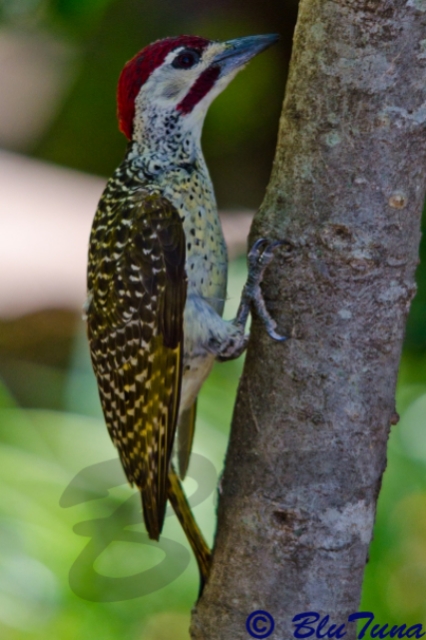 © BluTuna
© BluTuna © Pumbaa
© Pumbaa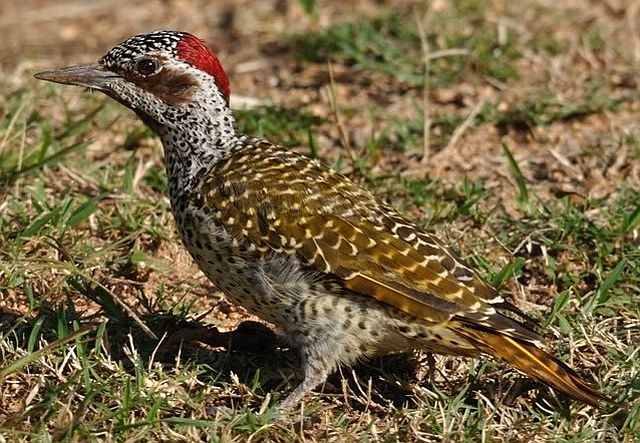 © BluTuna
© BluTuna © pooky
© pooky © pooky
© pooky
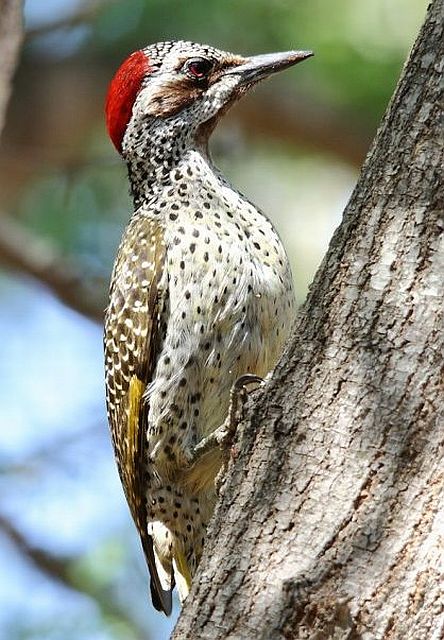 © Flutterby
© Flutterby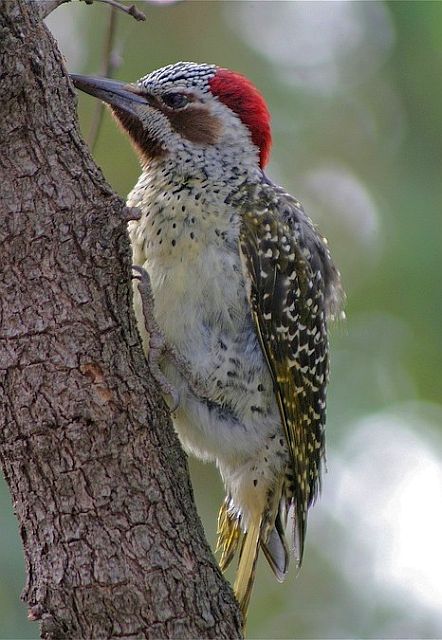 © ExFmem
© ExFmem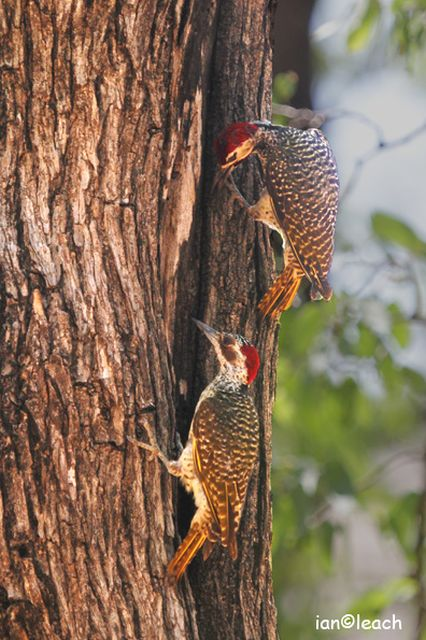 © leachy
© leachy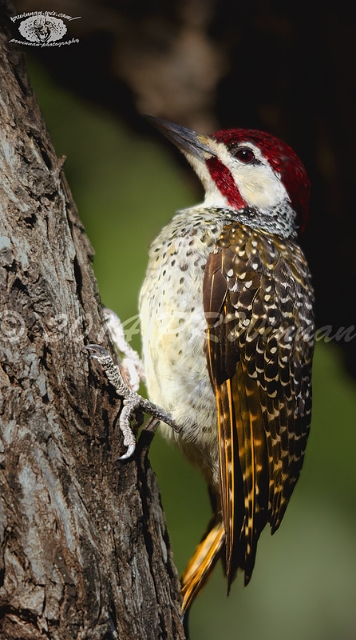 © PRWIN
© PRWIN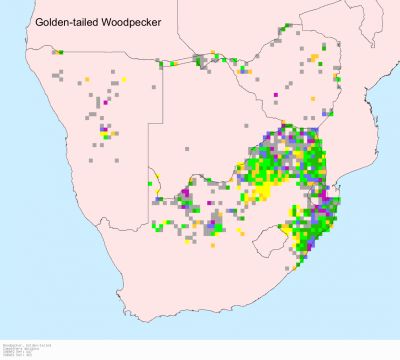
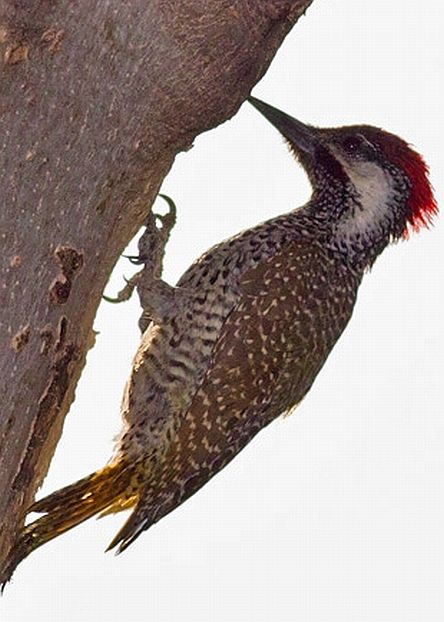 C. a. anderssoni
C. a. anderssoni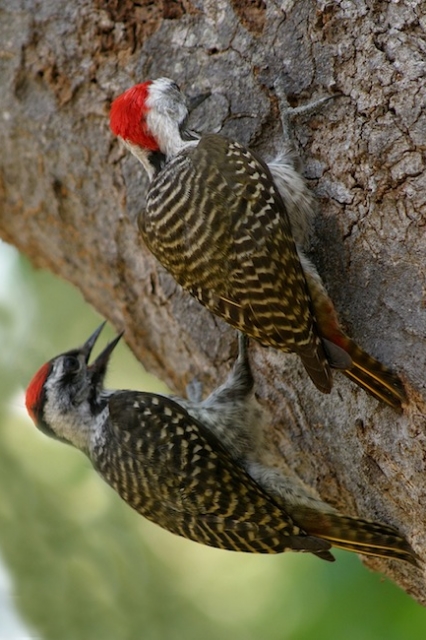 © ExFmem
© ExFmem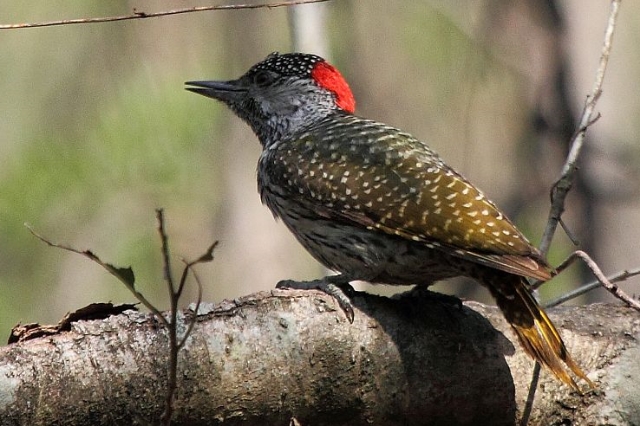 © Duke
© Duke © Penga Ndlovu
© Penga Ndlovu © harrys
© harrys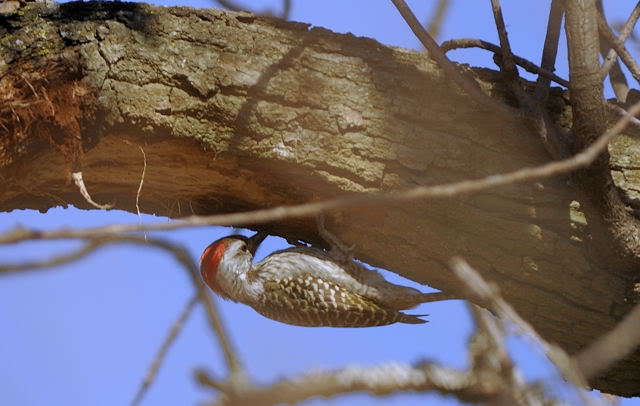 © Dewi
© Dewi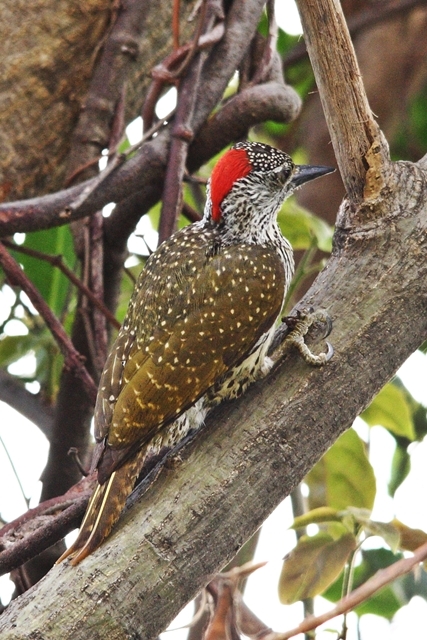 © Flutterby
© Flutterby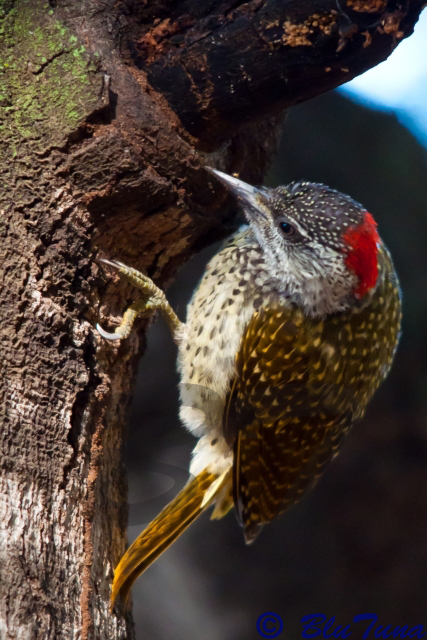 © BluTuna
© BluTuna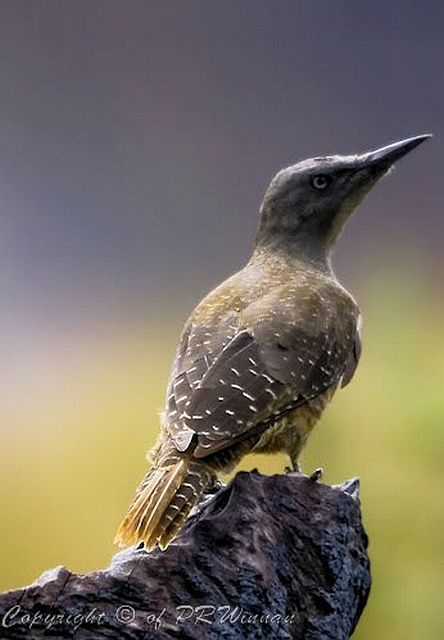 © Bushveld Jock
© Bushveld Jock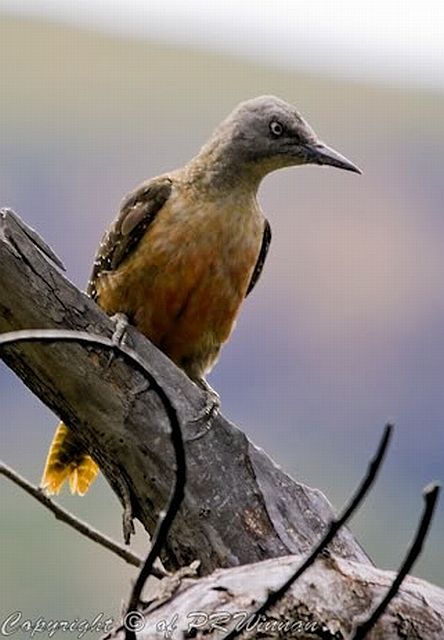 © Bushveld Jock
© Bushveld Jock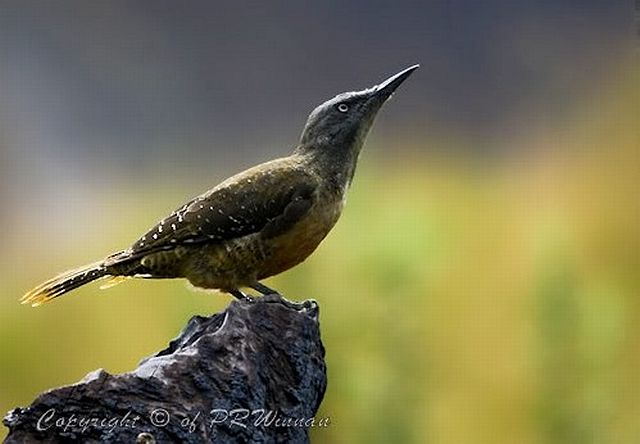 © Bushveld Jock
© Bushveld Jock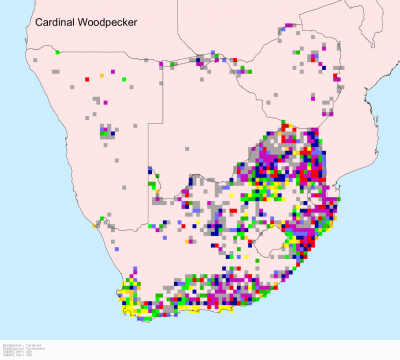
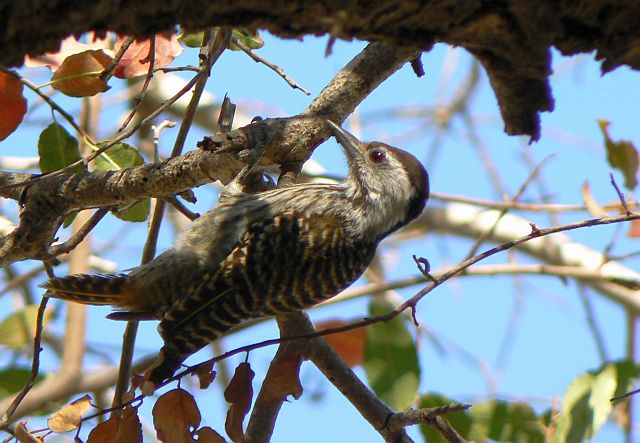 © Toko
© Toko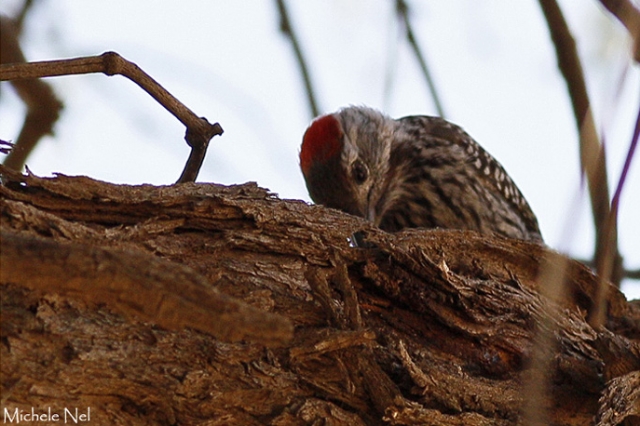 © Michele Nel
© Michele Nel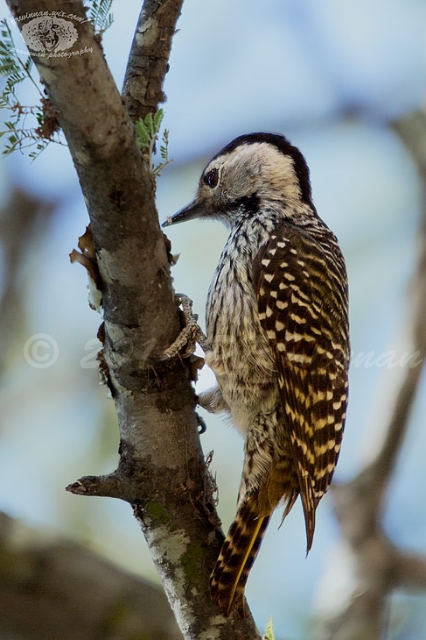 © PRWIN
© PRWIN © Duke
© Duke
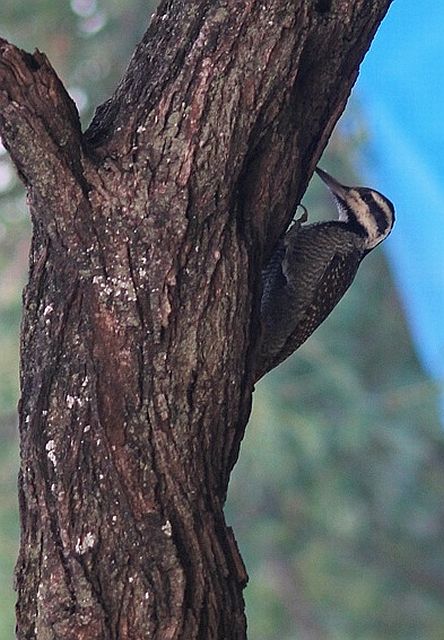 © Amoli
© Amoli © Pumbaa
© Pumbaa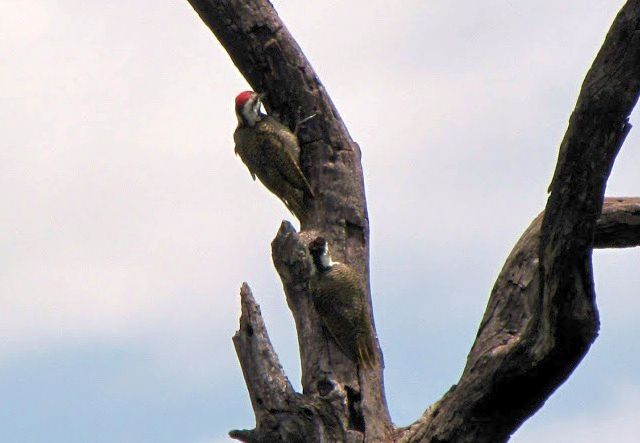 © Lisbeth
© Lisbeth © JustN@ture
© JustN@ture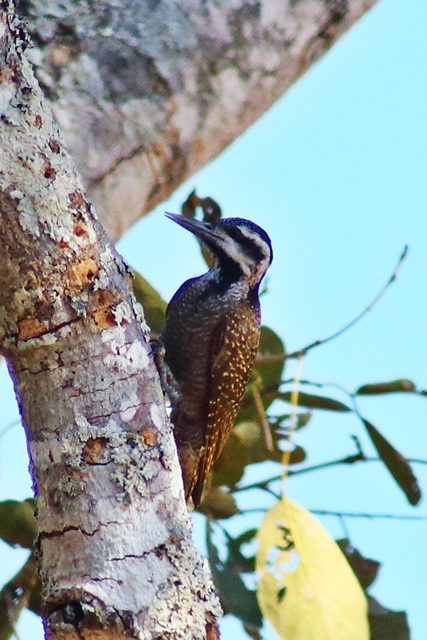 © Bush Brat
© Bush Brat